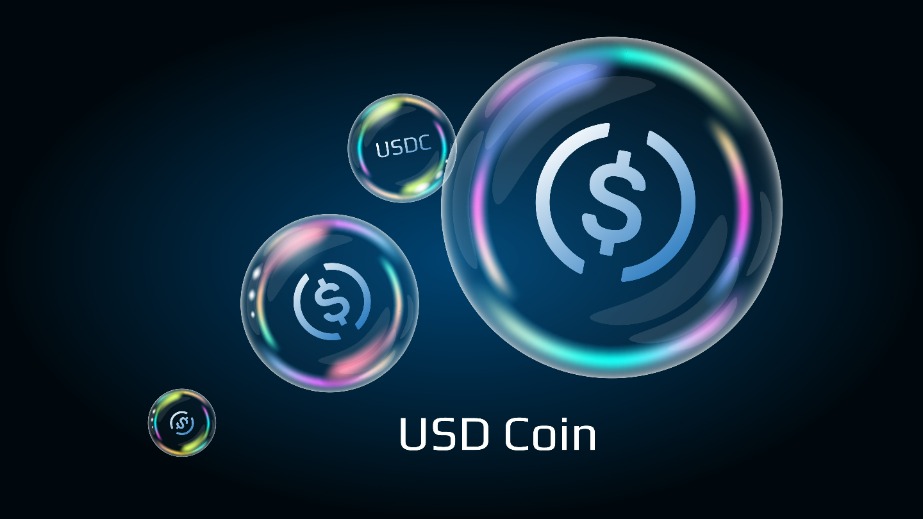
Key Takeaways
- Coinbase has inspired clients to dump Tether for USD Coin by waiving charges
- Binance had delisted USDC pairs final September to push its personal stablecoin, BUSD
- The battle between the centralised stablecoins deepens
- DAI holds the torch for decentralisation however faces uphill battle for relevancy as mannequin appears unscalable
The stablecoin battle is heating up.
Coinbase, who co-founded the USDC stablecoin, are the most recent to go on the offensive. It posted a weblog submit encouraging its customers to swap their USDT over to USDC.
“The occasions of the previous few weeks have put some stablecoins to the take a look at, and we’ve seen a flight to security. We consider that USD Coin (USDC) is a trusted and respected stablecoin, so we’re making it extra frictionless to modify: beginning in the present day, we’re waiving charges for world retail clients to transform USDT to USDC.”
I’ve puzzled for some time why Coinbase has not gone on the offensive extra and used its change to push holders into USDC. In fact, the cynic will say that this choice by Coinbase is to jack up the USDC holdings to reap further income, as these have grow to be an enormous earner for the corporate given the rate of interest on T-bills is now 4%.
That is smart, and that’s precisely what it’s. However even nonetheless, such is the constant anxiety around Tether, it might even be an excellent factor for the ecosystem at giant. The very best situation – as far-fetched as it might appear – is for Tether’s market cap to benevolently trickle right down to zero.
Whether or not Tether is sweet for it or not, the fixed dialog on the subject is adverse for all the business.
Binance kicked the stablecoin battle up a notch
Of the 5 large stablecoins, there was some critical motion this yr.
Clearly, TerraUSD is the large one, its shocking crash rocking the market. Since then, the decentralised torch has been handed to DAI. However that’s beset by its personal issues, coming below criticism for being centralised in nature, given its giant holdings of USDC.
This led to it voting to maneuver into T-bills, whereas the most recent plan is for it to “free float”, as there isn’t any different different in the event that they wish to pursue decentralisation. I’ve been vocal prior to now of my ideas on DAI, and so they haven’t modified: I consider it has no future, because the mannequin merely isn’t scalable.
Oh, and a stablecoin that free floats can also be not a stablecoin, by the best way.
Relating to the centralised stables, it was Binance that kicked up this stablecoin battle a notch when it introduced in September that it was delisting USDC pairs and auto-converting buyer holdings into BUSD.
If we plot the market share of the stables since August, we are able to see that USDT and USDC have pared again considerably, whereas BUSD has come up.
What occurs subsequent?
The above chart reveals fairly how dominant the highest three suppliers are, with DAI now having a market cap of $5.2 billion, a mere drop within the ocean.
Whereas this presents as a regarding quantity of centralisation, the fact is that no person has cracked the code on easy methods to create a decentralised stablecoin. So prefer it or detest it, it’s centralisation going ahead.
The query now could be who wins out between the titans up prime. This transfer by Coinbase is a notable one, as Binance had been making critical positive aspects within the wake of their auto-convert announcement. However Binance nonetheless checklist USDT, as essentially the most controversial stablecoin stays essentially the most entrenched, completely important to all the ecosystem and the most important liquidity pair by far.
I don’t consider that could be a good factor, so within the eyes of the market, it’s good seeing USDC make a transfer right here.
The market share will probably be fascinating to trace once more in a number of months time. Hey, possibly we are going to all be using CBDCs earlier than lengthy, anyway.

